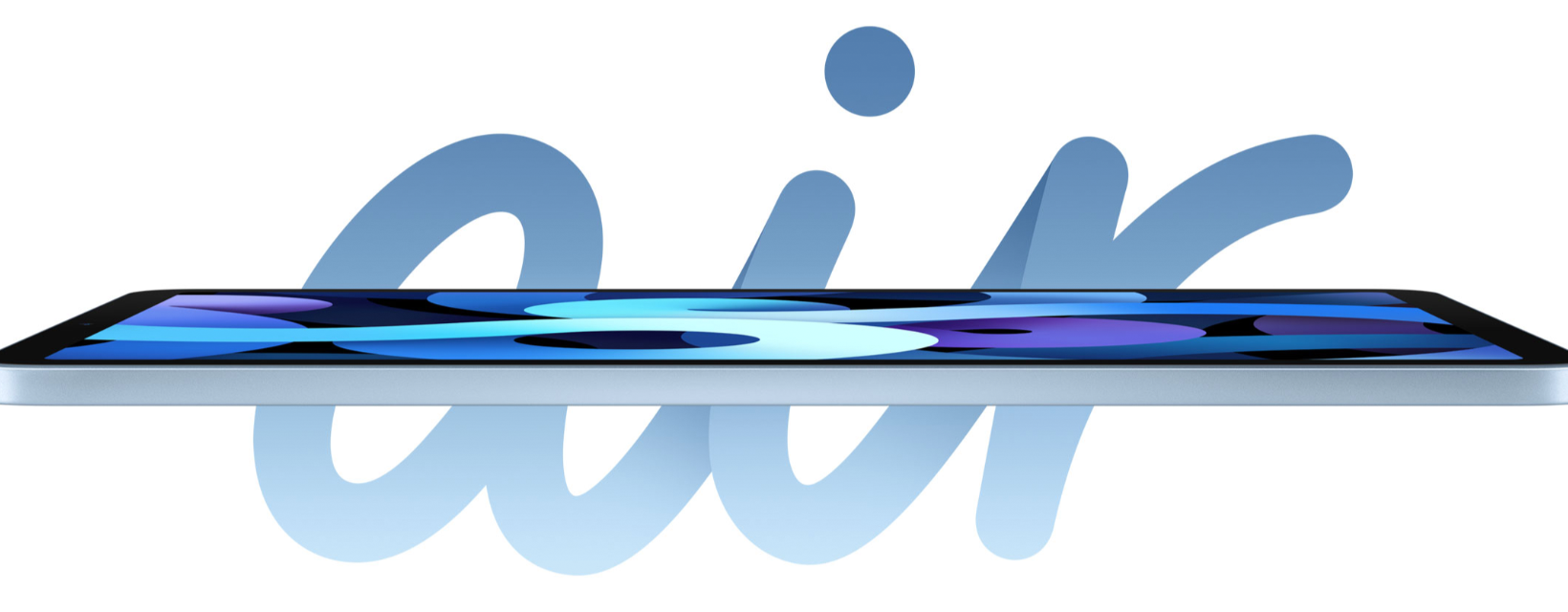Today’s virtual event showed that Apple continues to execute design and product rollout with excellence despite the pandemic. As outlined by Tim Cook’s comments, today’s announcements are representative of Apple’s mission of “making the world’s best products and enriching people’s lives.” While the new Apple Watch Series 6 will top the headlines, we see Apple’s ability to segment product lines and motivate consumers to reach for higher-priced products as a key takeaway and a sustainable competitive advantage for the company. Here are our takeaways from the event:
Upselling through segmentation and bundling
- Apple is a master of the upsell. Sometimes it’s obvious, like larger screened iPhones, higher capacity iPhones, or more feature-rich iPods. While more subtle today, it’s clear that the upsell was on display again.
- The most recent examples of upsell mastery include the new Apple Watch SE, which segments the Watch family, the higher-priced 4th generation iPad Air, and the bundling of Apple services.
- The reason why Apple is able to motivate consumers to spend more is that the company builds the world’s greatest consumer tech products. The math is simple for consumers: the products offer more value than the incremental price premiums.
iPad Air (4th gen) and iPad (8th gen)
- We believe the biggest news of the day was the $100 price increase on the new iPad Air, from $499 to $599. We view this as evidence that Apple continues to experience a spike in iPad demand, and that the company is confident that a 20% price increase won’t slow it down. We estimate that the overall iPad lineup accounts for 11% of total revenue, with the iPad Air accounting for about 4%.
- Last quarter, the iPad segment grew at 31%, and today’s price increase gives us confidence that the segment will grow at a similar pace in the September and December quarters.
- New iPad Air colors are nectar for learn-from-home students. The company added Sky Blue, Green, and Rose Gold colors.
- The company also announced the next iPad. The $329 starting price is in line with gen 7 pricing. Additionally, the iPad education discount will continue at 9%, in line with a 7-10% historical average.
Apple Watch Series 6
- The Apple Watch Series 6 adds blood oxygen monitoring (SpO2). This biomarker is an example of something that no other wearable can currently match. Separately, while not discussed at today’s event, SpO2 monitoring could be used as a tool to detect and help manage Covid infections.
- While blood oxygen monitoring is important, many consumers buy Apple Watch for new faces and bands, which were also added today.
- The company also announced Apple Watch SE starting at $279, compared to Series 3 at $199. By adding a third, middle Watch to the lineup, Apple will likely increase the average Watch selling price. Potential Series 3 buyers will likely move to the higher Watch SE, given the modest $80 premium relative to its features. Similarly, potential Watch SE buyers will view the $120 premium for the Series 6 as reasonable relative to the additional features. In the end, we believe Series 6 will be the most popular model.
- The new Family Setup feature makes it easier for families to manage multiple Watches. This fractionally expands Watch’s addressable market to include children and older adults without iPhones. Overall, we estimate around 9% of iPhone owners today have a Watch.
Apple One
- The company announced Apple One, a service bundle that features various combinations of Apple Music, Apple TV+, Apple News+, Apple Arcade, iCloud, and Apple Fitness+, with monthly rates between $14.95 and $29.95. Prior to the announcement, we had estimated these services would generate about $4B in revenue this year.
- The effect of the bundle will inch up revenue from Apple’s 500m paying subscriber base. Our math suggests for current subscribers that move to the bundle, revenue per subscriber will increase by 25%-50%, depending on the plan.
- The new Fitness+ app, priced at $9.99 a month, aligns with Apple’s health and wellness mission. Additionally, the company has tipped its hand that it wants a piece of Peloton’s $12.99 monthly Digital Membership plan.
- While the Fitness+ software design will be superior to Peloton’s, Peloton’s bread and butter, a $39 monthly All-Access Membership, is still in good shape as they have the hardware-software integration advantage. At the end of last quarter, Peloton had 1.07m paying subscribers.
